Tires are absolutely an essential part of a vehicle, so it is advisable to draw attention the tire care on a regular basis. All functions will run evenly. However, most car owners are not sure about the time of tire replacement. How long does it take to change tires? It depends on the situation. It could be 40 minutes for 4 tires.
There is one point you should know is that vehicles were built of steel (not aluminum). The tire is not a balanced tread when it comes to 10grams. These days, people use the tire lighter, which is between 5 and 7grams only.
Furthermore, misbalanced weight in tires is a key issue when replacing any tire. Along with this problem, the time taken to change the tires is another task to deal with. How long does it take to change tires?
In general, tire change takes about 45 minutes for four tires. The time relies on the equipment a mechanic (or you) uses. A professional mechanic or an experience vehicle owner probably spends 10 minutes replacing a new tire. A high-quality tool improves the process efficiently, so the time might be less than 30 minutes.
Replace a new tire is a common homework that every vehicle owner should know. Whether you got great service, you still need to do the necessary task in case you are on the freeway. Here are a few things to begin with.
Find a quiet place to park like a garage or a lot in a mall. Use a tire machine to lift the tire. Then, you scan the TPMS system to identify any trouble with your wheels. By doing that way, you might estimate how long it takes to change tires.
You possibly disassemble each part of the car so that you might find out any faulty or harmful elements. Furthermore, wiping down all wheels and hub mating surfaces is a tremendous idea to decrease tires replacement time.
You should eliminate the tires. If your car contains the TPMS system with the wheel-controlled sensor directly, you would remove the sensor. After that, replace each soft part surrounding the wheels (gaskets, sensor nut, and main valve).
Get the sensor and new tires on. Remember to balance wheels within 5-6 grams. This possibly protects your vehicle in the long term.
Thereafter, put the wheels back to the car through the machine and the torque system. Check the tires again because they should have enough pressure as the manufacturer required. This is an essential part to help you out how long it takes a tire could change.
Trigger off and set up the TPMS system in the right way (if relevant). If your vehicle uses nitrogen, you should fill a certain amount of nitrogen in each tire.
Apart from the tires replacing duration, many of us also would like to know when the process needs to be done.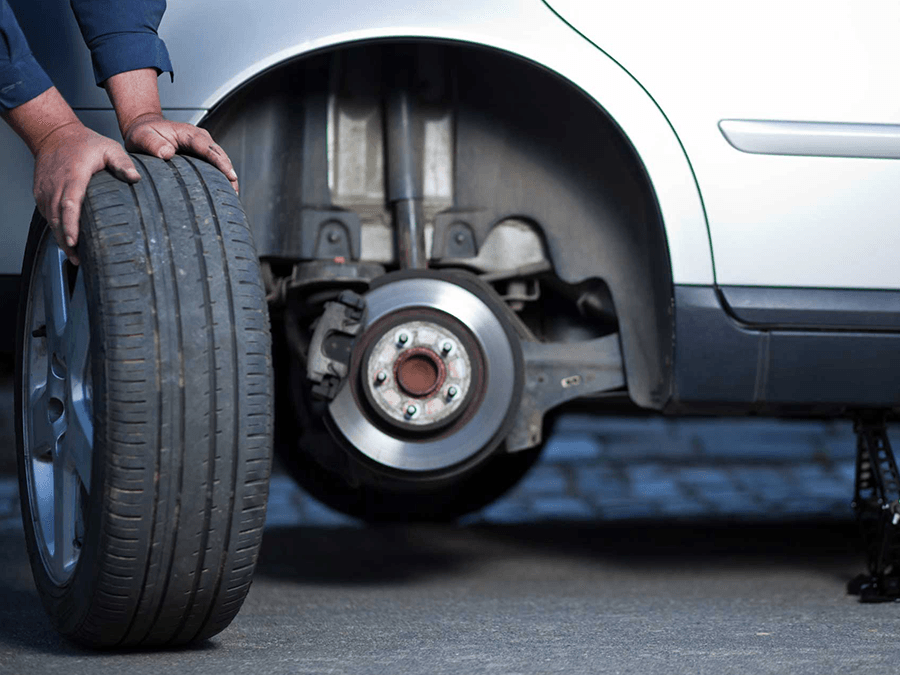 You know; there is nobody size fits all ones. So, you need to ask for the manufacturer or find the information in the catalog. You can consult an experienced mechanic to recognize the accurate time.
You know; there is nobody size fits all ones. So, you need to ask for the manufacturer or find the information in the catalog. You can consult an experienced mechanic to recognize the accurate time.
Different factors also affect your tires. Your vehicle model, the tire category, the road condition, weather condition, how you drive the car determines the best time to maintain and the lifespan of the tires.
Furthermore, you should bear in mind the tread life and driving style. The rubber material, for instance, will decrease the tire quality faster when driving on pavements. The driving speed also impacts tire life. A fast driver is not good in this case.
In general, check wear-and-tear problems in your car even if it seems to be normal.
You do not have to become a mechanic to master tires replacement. Just follow these simple steps below.
 Do not eliminate them
Do not eliminate themHow long does it take to change tires? The time to replace a new tire relies on your car model, tools, and your current situation.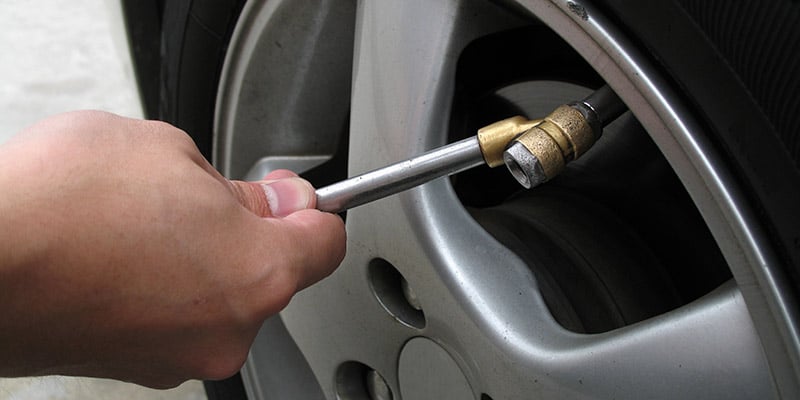 On average, it will take you 40-45 minutes to complete the job. In a vehicle repair station, the time is flexible depending on the workload inside.
On average, it will take you 40-45 minutes to complete the job. In a vehicle repair station, the time is flexible depending on the workload inside.
Getting the tires on your vehicle changed isn't a complicated process. Rather, it's a matter of following a few steps in proper order. Whether you are changing one tire, or all four, you can expect to spend a bit of time getting it completed. If you've ever been curious how long it will take out of your day to change all four, this post will give you an approximate time. We researched this process from numerous professional sources, so you can have a definitive answer.
The amount of time it will take to change all four tires will depend on the methods and tools you use. Generally, it can take as little as five minutes per tire or as many as 20 minutes each.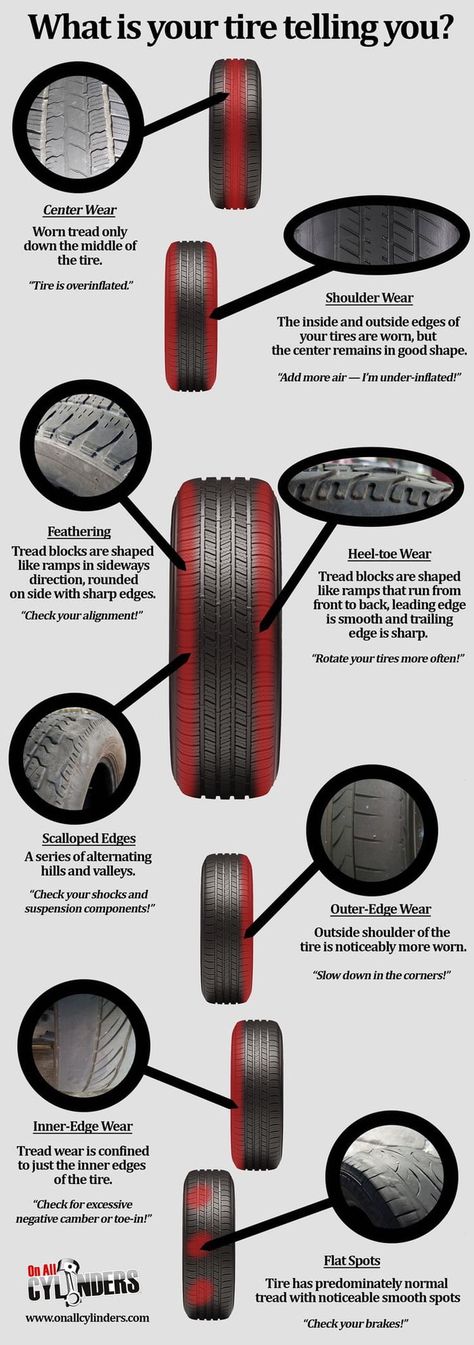
Now that we know how long it can take to change all four tires, we'll take a closer look at the different methods of changing them. You might also be wondering if you have to replace all four tires at once, or how much four new tires will cost. Should you get an alignment after replacing your tires? How do you know if your vehicle is in need of alignment? For the answers to these questions, and more, read ahead in this post to see what our research has uncovered.
Before you continue reading, let us say we hope you find the links here useful. If you purchase something through a link on this page, we may get a commission, so thank you!
This method of changing all four tires will take the longest, as it requires you to jack up your vehicle four different times. Someone who is adept at changing tires could do this in as little as five minutes per tire.
Jacking up a car for a tire change isn't difficult. It's a matter of loosening the lug nuts, jacking up the vehicle, and removing the old tire. When the new tire is placed on the vehicle, the lug nuts are tightened, and the vehicle is lowered from the jack. A quick re-tightening of the lug nuts should be done last, as soon as the tire is back on the ground.
It's a matter of loosening the lug nuts, jacking up the vehicle, and removing the old tire. When the new tire is placed on the vehicle, the lug nuts are tightened, and the vehicle is lowered from the jack. A quick re-tightening of the lug nuts should be done last, as soon as the tire is back on the ground.
Using a jack and jack stands will allow you to get all four tires done in quicker order. For this to work, you'll need to jack up your vehicle, like you are changing a tire. A jack stand is placed next to your jack before the jack is lowered. This is repeated three times, resulting in your vehicle resting off the ground of four jack stands.
While it's in the air, you change all four tires. Then, you lower each side of the vehicle by raising the jack to remove each jack stand.
This method involves some risk, and it's best left to someone with some mechanical ability and experience. For a step-by-step tutorial, you can watch this video:
The pros can change all four tires really fast by using a vehicle lift. This will raise the car completely off the ground, giving access to all four tires simultaneously.
Someone with experience and pneumatic tools can easily remove all four tires quickly and replace them almost as fast. This method is clearly the fastest and the most efficient, although the tools and the lift aren't something you'll typically find in the garage of a shade tree mechanic.
Whether or not you should replace all four tires at once will depend on the drive configuration of your vehicle. Front-wheel or rear-wheel vehicles will not need to have all of the tires replaced at once.
You'll want the tires that sit on opposite sides from each to have matching treads, so if you need to replace one front tire, you should consider replacing both. This will help keep the vehicle in alignment and make the car stay in better control on the road.
This will help keep the vehicle in alignment and make the car stay in better control on the road.
If you are driving an all-wheel drive vehicle, you definitely should replace all four tires at the same time. The drivetrain can become severely damaged if you drive the vehicle with treads at different levels.
The vehicle's computer system will assume that the treads on each tire match, therefore sending signals to each individual tire to perform accordingly. As this information would be incorrect, each tire gets faulty information.
No matter if you have two-wheel or all-wheel drive, you should always get your tires rotated at the factory-recommended intervals. This will ensure that the tires are getting a nearly even amount of wear, and will make for better performance.
The cost of a new set of tires will depend greatly on several factors. What brand you are using is significant, as well as the model of tire you are using.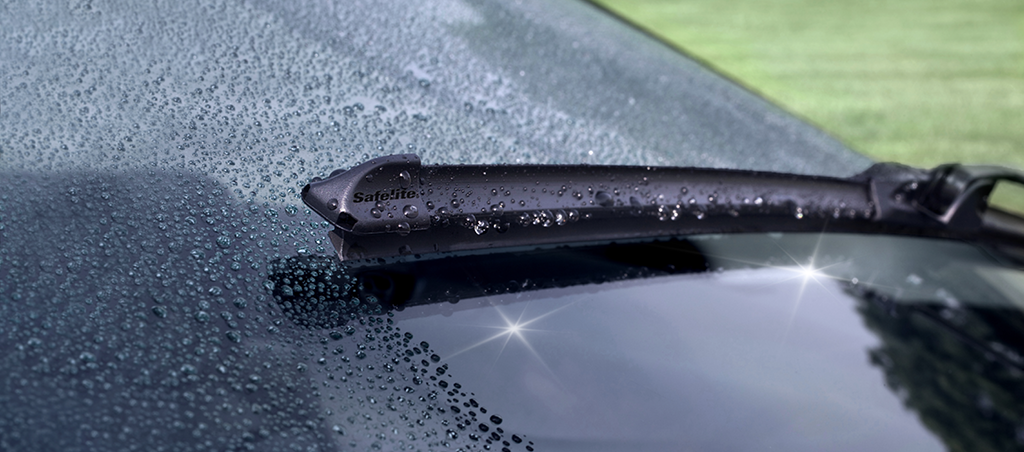 The longer a tire should last, the more expensive it will cost you.
The longer a tire should last, the more expensive it will cost you.
The type of tire is also a consideration. Do you want a set of all-weather tires? Or are snow tires what you need?
Lastly, look for deals from tire stores. Some will offer a fourth tire free, encouraging the consumer to buy a full set. Taking potential sales into the average range for the price of a set of tires, expect to pay anywhere from $200 to $600 a set for lower end models. A mid-range model tire will range from $400 to $1,200 a set. On the higher end, expect to shell out $800 to $1,600.
According to Motor Biscuit, it's a good idea to get your vehicle aligned if you have replaced your tires. This is especially important if you have been driving a vehicle whose tires have had substantial differences in their wear from one tire to the next.
Vehicles can go out of alignment by hitting road hazards, like potholes or debris. While you might not notice your car being out of alignment immediately, it's a smart idea to have it checked out as soon as possible, should you drive over some kind of obstruction.
While you might not notice your car being out of alignment immediately, it's a smart idea to have it checked out as soon as possible, should you drive over some kind of obstruction.
Vehicles will naturally go out of alignment over time. Everyday driving means your car absorbs a lot of little bumps and pitfalls that you don't normally notice. As time passes, these things will cause your vehicle's alignment to change.
It's recommended to get your vehicle aligned yearly or sooner if you notice the tell-tale signs of it being out of alignment. We'll discuss those ahead in this post.
There are several tell-tale signs that your vehicle has gone out of proper alignment. If you notice that your vehicle is pulling hard to one side of the road or the other, it probably means that you aren't in alignment.
Try taking your hands off your steering wheel the next time you are on a lone stretch of highway. If the road is flat and the vehicle begins to drift or pull, then you have an alignment issue that should be examined.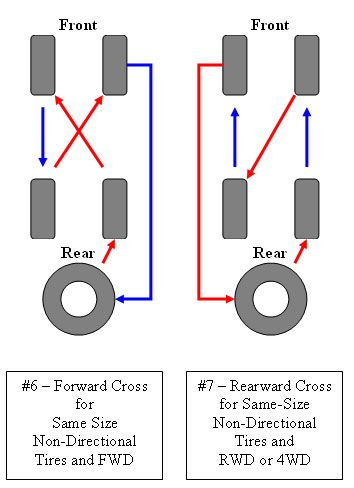
Another way to tell is to look at your tires. If your vehicle is out of alignment, then you will notice that your tires will be worn out unevenly from the inside out. This can be particularly dangerous, as tires with severely uneven tread are much more prone to a blowout.
Whether or not you change your tires yourself or have it done professionally, the process is fairly simple. A practiced and skilled person with the proper tools and equipment should be able to get all four tires done in a matter of 10 minutes or less, while someone with a jack and typical tools will usually take 20 to 40 minutes to change out a complete set.
No matter how you change your tires, follow all safety precautions that are outlined in your vehicle owner's manual, and never attempt anything if you aren't confident in your ability. Drive safely!
If you found this automotive post to be helpful, we believe you'll find the following posts on vehicle tires to be informative:
Do All 4 Tires Need To Be The Same Brand? Or Can You Mix And Match?.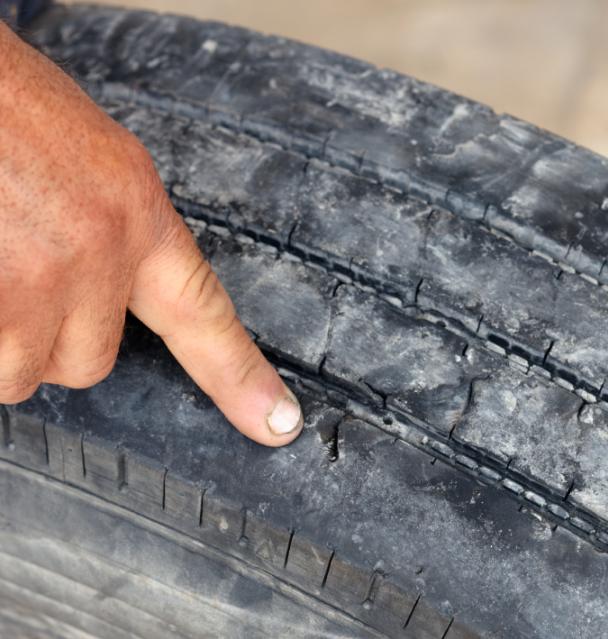
Should You Rotate Tires On AWD And 4WD Vehicles?
How Wide Are Tires On Average? [By Type Of Vehicle]
Consumer disputes over the age of tires have not subsided for several seasons. Buyers are excited that the warranty period for tires is limited to 5-6 years according to GOST, and after the expiration of this period, the rubber becomes unusable.
Is this really the case, read this article.
Manufacturers of most brands on their products set Shelf life is 5 years and service life is also 5 years .
The shelf life of a tire is the period during which it retains its performance when properly stored.
The end of this period does not mean that the tires have become unusable . A shelf life of 5 years is given by manufacturers because, by law, they cannot set a shelf life higher than the service life. Tires over 5 years of storage cannot be called damaged or defective, their technical characteristics may be slightly reduced.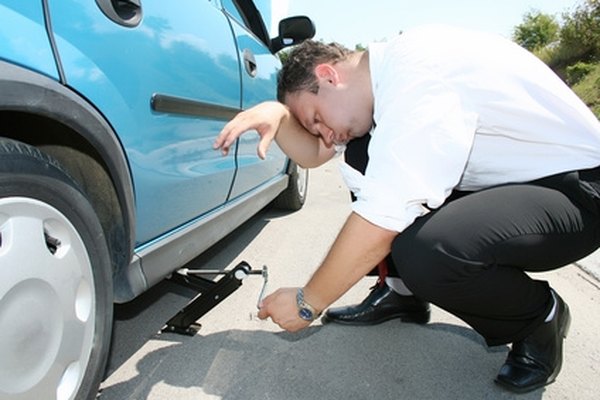 American researchers argue that the period of storage of "shoes" must be at least 10 years. Experts from Germany are sure that it cannot exceed 6 years.
American researchers argue that the period of storage of "shoes" must be at least 10 years. Experts from Germany are sure that it cannot exceed 6 years.
The tire life is called the warranty period during which the manufacturer is responsible for the quality and condition of the tire if it was used for its intended purpose without violating the operating rules.
According to Russian legislation (GOST 5513, GOST 4754-97) , the service life of tires is 5 years from the date of manufacture.
How can I find out the date of manufacture of tires?
You can find out the age of tires by a special DOT code. Tires manufactured after 2000 in the DOT code contain two pairs of numbers, where the first pair indicates the week number of the year, and the second pair indicates the year. Earlier tires before 2000 have 3 numbers in their composition, where the first two digits are the week number, and the last one is the year (see the transcript in the photo).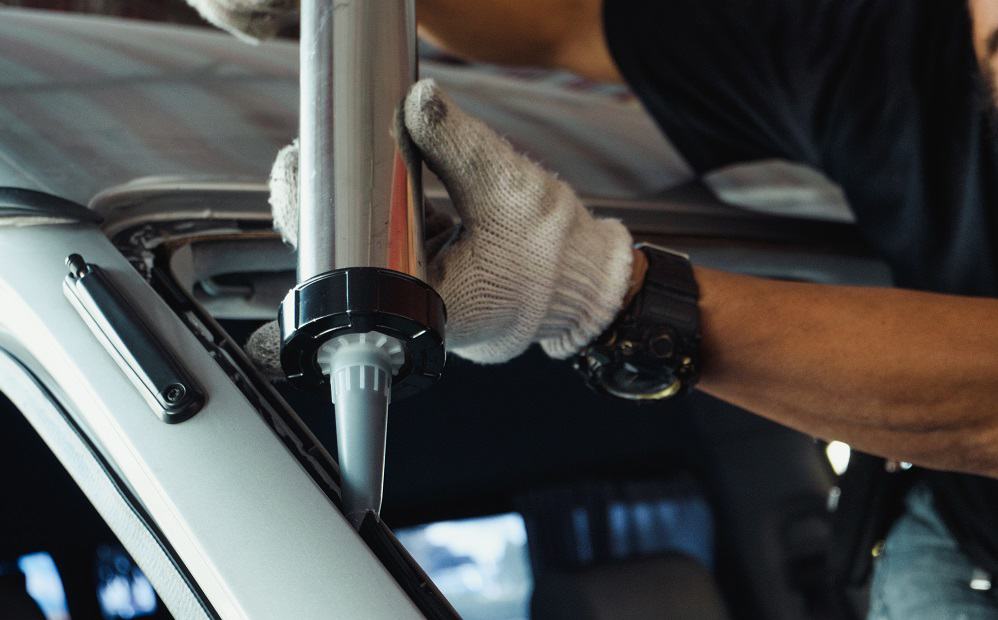
Determination of the average shelf life of a tire according to GOST and operating conditions.
- The symbol ZR denotes tires for high-speed cars. They are recommended to be used at speeds over 240 km/h. up to 6 years
- Tires with the H symbol are used at a maximum speed of 210 km/h. within 5 years.
- The sign S symbolizes the maximum permissible speed of 180 km/h. and operational period of 4-5 years.
Most tire manufacturers do not agree that tire life is limited to 5 years. Each company has its own opinion on this matter. We analyzed several of them and the information they posted on their official websites.
Michelin
The French tire manufacturer Michelin has become famous for its active fight against the perception of the rapid aging of tires as a perishable product. Her information campaign "Tires Are Not Bananas" created a lot of noise in the automotive environment. According to the representative office, several test trials were carried out in Saudi Arabia, South Korea and Germany. As a result of testing, no difference was found between new tires and tires stored for 3 years. They were tested for various characteristics such as rolling resistance, high speed durability, etc. Tires with a year life were approximately equal in performance to 10-year unused tyres.
According to the representative office, several test trials were carried out in Saudi Arabia, South Korea and Germany. As a result of testing, no difference was found between new tires and tires stored for 3 years. They were tested for various characteristics such as rolling resistance, high speed durability, etc. Tires with a year life were approximately equal in performance to 10-year unused tyres.
Michelin focuses the attention of car owners on the fact that tires are not a perishable product, their shelf life is not as important as the service life is important, starting from the date the tires are installed on the rims. It is from this moment that the tire is subjected to all tests: pressure, temperature changes, wear, contact with uneven and sharp coatings, etc.
Continental
On the Russian official website of Continental, we found the following information on the expiration dates of tires.
“When a tire is stored in the correct position and under the recommended conditions, it will not lose its original balanced performance for 5 years from the date of manufacture of the tire.
A properly maintained, unused tire less than 5 years old can be sold as a new tire and used normally.
Continental recommends replacing all tires (including spares) with a sidewall date greater than 10 years.
Nokian
The following information is posted on the Nokian official website:
“Tire life is not defined by law, but tires can only be considered “new” if they have been manufactured within the last five years. The recommended service life of tires is six years and the recommended maximum period is 10 years.
The opinion of our specialists, based on many years of experience, coincides with the opinion of manufacturers: the shelf life is 5 years + the service life is up to 10 years. Moreover, more "adult" tires, in our opinion, are of better quality.
To keep tires as long as possible, they are stored in compliance with all rules and recommendations. The main condition is a cool, ventilated, darkened room away from oils, paints, ozone, and heat sources.
Rubber products tend to lose their performance over the years. To prevent and slow down this process, manufacturers add polymers to the rubber compound. They prevent oxidative processes that occur due to the interaction of protectors with oxygen and ozone.
The following are the main conditions for the proper storage of tires in accordance with GOST 24779-81:
Maintaining a constant regime without sudden jumps, slight temperature fluctuations from -30°С to +35°С are allowed;
Provide a low humidity level of 50-80% in a dry, ventilated cool room;
Avoid direct sunlight, use darkened hangars, shield heat sources;
Keep away from sources of heat;
Tires should not come into contact with corrosive, copper materials.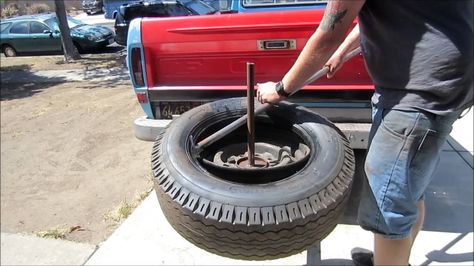
Avoid kinking, loading or positioning on an uneven surface.
Avoid contact with oils, organic solvents, acids, alkalis, fuels and lubricants on the tire surface. It is forbidden to lay tires on a wet and dirty surface.
In the warm season, when tires are stored outdoors, they should be covered with opaque material and raised above ground level to ensure ventilation and prevent the greenhouse effect.
Storage on reflective, light and heat absorbing surfaces is prohibited.
Keep away from chemicals, oils, paints, open flames, electric motors that produce ozone.
Used tires must be washed and dried.
Tires without rims should be stored upright.
The service life depends on many factors: the load on the car, the quality of the roads, the driving style, the distance traveled, tire damage, etc.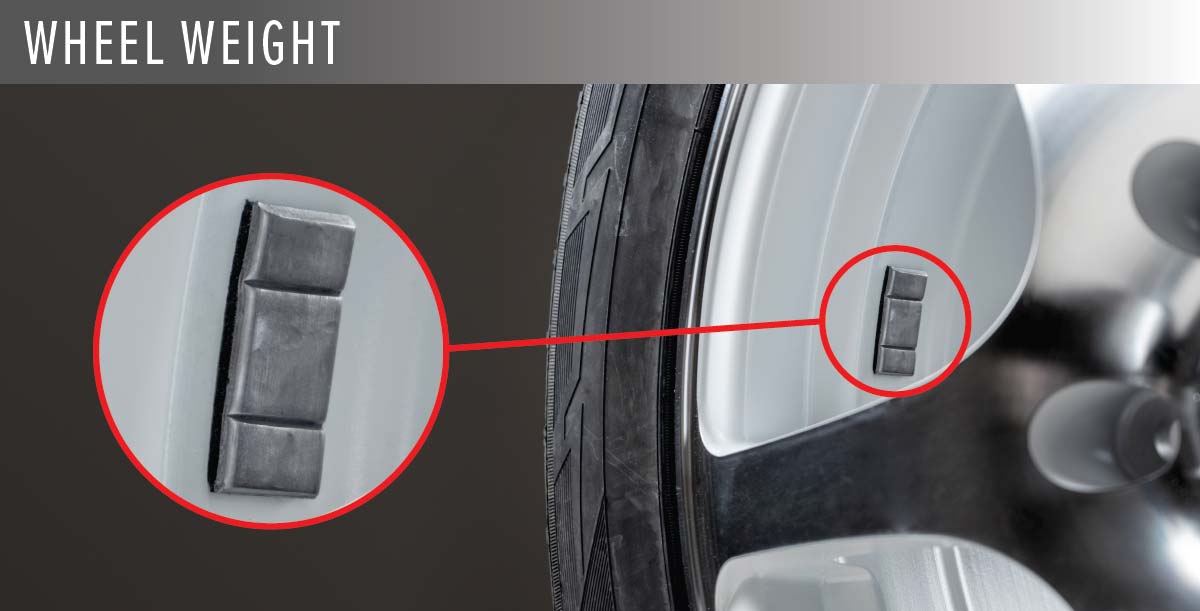 To increase their service life, follow these rules:
To increase their service life, follow these rules:
Check tire pressure every 2-3 weeks. With reduced pressure, tire wear increases by the equivalent of a % reduction. For example, a 15% reduction in pressure can result in a 15% reduction in service life. Inflated tires are less scary.
The wear of the front tires is always significantly higher than the rear ones, so it is recommended to swap them after some time, carefully watching the direction of the tread pattern and the direction of rotation.
Proper alignment of tires in relation to rims. If the direction is not the same, then performance is significantly reduced.
To prevent damage to the sidewalls of tires, avoid close proximity to curbs and high ledges.
Wash off dirt from the surface of the rubber and from deep grooves with special cleaning agents.
Adhere to an even driving style without harsh brakes and quick starts.
Do not overload the car beyond the norm. 20% excess weight leads to a 30% loss of tire life.
Keep the wheels balanced and check the alignment angles annually.
The main condition for a long tire life is:
- high quality products,
- careful operation,
- proper storage of tires in the off-season,
- timely diagnosis.
The age of tires in standard storage is a minor non-determining factor that should not be taken into account when buying them.
Previous article Next article
Wheels must be rotated regularly, following either the instructions in the vehicle owner's manual or the rules developed by the tire industry. Proper wheel alignment helps to make the longitudinal and lateral wear of the tires more even, as well as improve ride comfort and reduce noise levels.![]() Minimal differences in the longitudinal wear of the tire tread, which may occur after periodic wheel replacement every 5,000 - 8,000 km, do not affect the resistance to aquaplaning, and the wheels can be rearranged further. In this case, any differences in wear actually mean that repositioning should be done at shorter intervals.
Minimal differences in the longitudinal wear of the tire tread, which may occur after periodic wheel replacement every 5,000 - 8,000 km, do not affect the resistance to aquaplaning, and the wheels can be rearranged further. In this case, any differences in wear actually mean that repositioning should be done at shorter intervals.
Changing wheels is advantageous for several reasons. When performed as recommended, it can improve handling and traction, and reduce uneven wear.
There are warranties that are valid only if the wheels are correctly rotated. Experts recommend changing wheels every 5,000 to 8,000 km, even if there are no signs of wear. Often the shift can be done at the same time as changing the oil while the car is on a lift. This is a good time to check the tires for damage, remove stones and other foreign objects, determine the wear uniformity by measuring the tread depth and, of course, check the pressure level.
Tires on the front axle of a car are significantly different from the tires on the rear axle in terms of tasks performed. At the same time, tires on a front-wheel drive car operate in significantly different conditions than on a rear-wheel drive car. Whichever wheel the tire is mounted on, there may be different wear types and rates anyway. Therefore, it is best to have all four tires wear equally because when wear reduces tread depth, it allows all four tires to respond faster to steering inputs, maintain handling characteristics, and help improve cornering grip.
At the same time, tires on a front-wheel drive car operate in significantly different conditions than on a rear-wheel drive car. Whichever wheel the tire is mounted on, there may be different wear types and rates anyway. Therefore, it is best to have all four tires wear equally because when wear reduces tread depth, it allows all four tires to respond faster to steering inputs, maintain handling characteristics, and help improve cornering grip.
If all tires wear the same, you can buy a new set instead of buying tires in pairs. If you change the entire set, the original handling characteristics are preserved. In addition, manufacturers are constantly releasing new, improved tire models, and if you put in a new set, you can improve the car's handling, instead of looking for tires of the previous generation. Drivers who drive an average of 19 per year000 - 24,000 km, two of the three wheel changes will be carried out during the tire change before and after winter. All that remains for them to do is rearrange the wheels again in July.
How exactly should the wheels be changed? There are three traditional methods suitable for most vehicles (equipped with tires and rims of the same size). The second method can be used as an alternative to the first and third.
Wheel conversion scheme:
There are also two additional ways. The fourth method is suitable for cars with the same tire and wheel sizes, and the fifth for cars with different size tires on the front and rear axles.
Although many vehicles are equipped with a spare tire that is smaller than the standard tyre, if the spare wheel is the same size as the others, it must be used when changing. Follow the vehicle manufacturer's instructions, or if they are not available, always fit a spare on the right rear wheel. One of the other tires, according to the diagram, put in the trunk and use as a spare until the next swap.
Regular wheel rotation will ensure that all five tires wear evenly throughout their life. In addition, correct repositioning is important when a puncture causes a spare wheel to be fitted and used with three partially worn tyres.